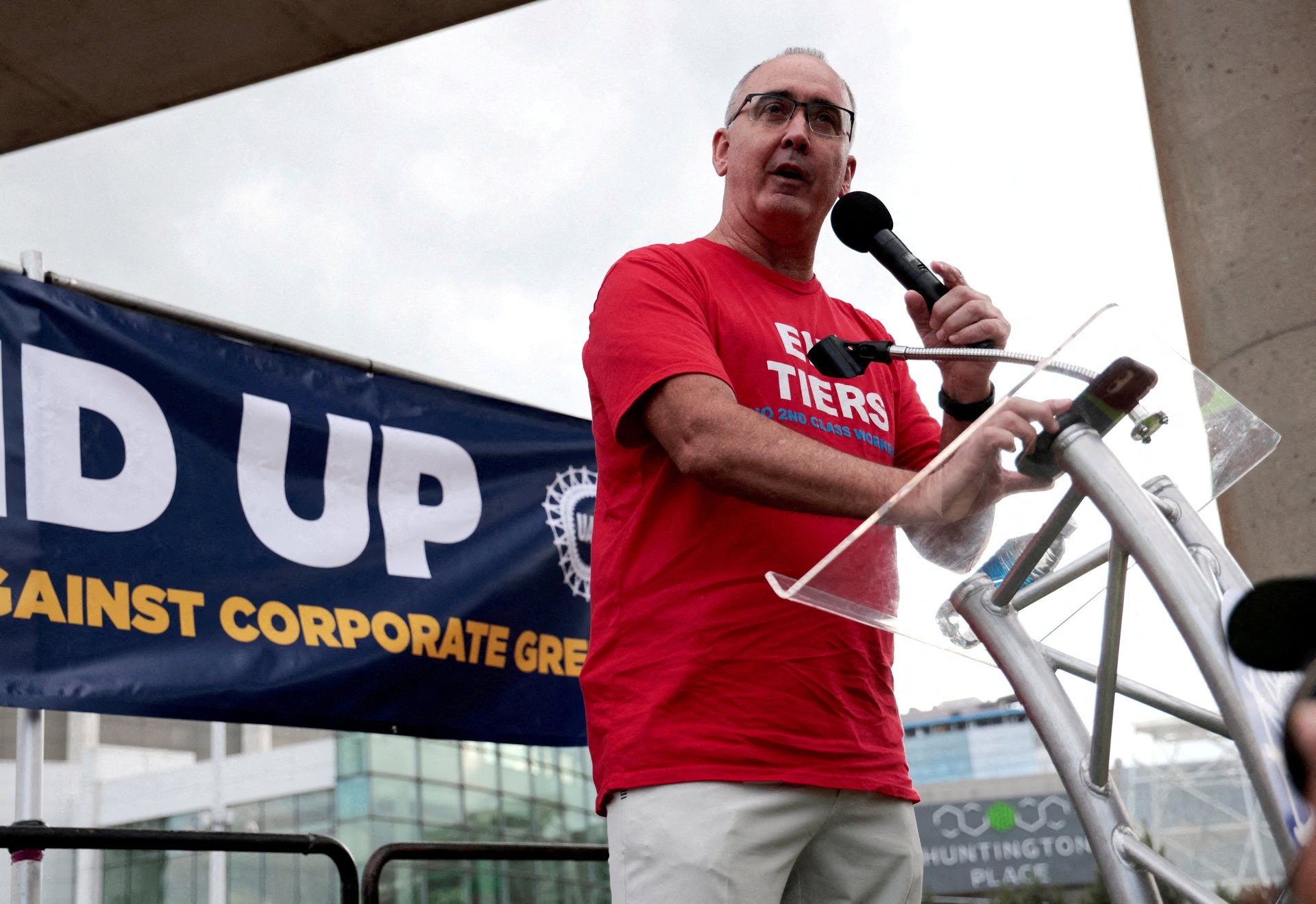Consumers are the losers in the UAW deals with Ford, GM, and Stellantis, an auto expert argues
Car Coach Reports' Lauren Fix warns that car buyers could see price increases of $1,000 to $1,500

General Motors Co. is the latest Detroit carmaker to announce a tentative agreement with the United Auto Workers (UAW). That proposed deal, announced on Monday (Oct. 30), would end an almost six-week strike. It’s a long-overdue victory for auto workers that could also have major fallout for the industry and consumers.
Suggested Reading
GM was the last holdout, following Jeep maker Stellantis and Ford Motor Co. to reach a tentative deal after the UAW began striking on Sept. 15. In its earnings announcement for the last quarter, the company said the strikes had cost it $800 million, plus $200 million more for another week with workers off the job.
Related Content
The union has revealed little about the deal. However, the Associated Press reported that it would last four years and eight months, raising general wages by 25% for top earners and adding cost of living adjustments (COLAs), which would bring pay increases to more than 30% through April 30, 2028.
GM, Ford, and Stellantis have been negotiating with the UAW since July, when the automakers wanted to limit wage hikes because their labor costs are already higher than for other carmakers like Tesla, Toyota, and Honda, which operate nonunion plants in the US.
Still, one auto expert warned that higher labor costs will have be to absorbed somewhere.
“It is a victory for autoworkers, and [UAW president] Shawn Fain delivered what he promised, but it is not a victory for auto industry as a whole, and not a victory for consumers,” Car Coach Reports’ Lauren Fix told Quartz.
Fix explained that while automakers could cut advertising, marketing, and public relations budgets, as well as executive salaries, some of their costs from the strike will be passed on to consumers. “You could probably be seeing increases of $1,000 to $1,500 per vehicle in order to offset these losses,” she said.
Fix also warned against pushing the US auto industry into a repeat of happened during the Great Recession, when plummeting car sales forced carmakers to ask Congress for a bailout because they couldn’t meet payroll and bill obligations.
Deals are still “tentative” until workers approve them
After the UAW reached a tentative agreement with Ford last Wednesday (Oct. 25), the union has been keen to keep up the momentum, leading to settlements with Stellantis on Saturday (Oct. 28) and with GM today.
Nothing is certain until union workers vote to ratify the deals at each of the automakers. In a post last week about the Ford agreement, the UAW stressed that “emphasis should be placed on the word ‘tentative.’” But the union also deleted a post reportedly stating that the presidents of the Ford union locals had voted unanimously to endorse the proposed contract.
UAW workers for Mack Trucks have shot down a tentative deal, a straight-up rejection of the agreement their union had settled for.

Costly strikes end with victories in wages
Two main themes that emerged during the strikes are the pain inflicted on automakers and the union’s push for what it maintains are much-needed wage increases.
The strikes have cost all three companies billions of dollars in lost production. Ford has said its tab is $1.3 billion and that if the UAW deal is ratified, it will push up labor expenses by $850 to $900 for each vehicle produced.
Ford’s agreement includes about $8.1 billion in investments, including boosting production of electric cars and new vehicles across various assembly plants.
Wage raises plus higher COLAs would total more than 26% and bump up the maximum hourly wage to $40.82 by October 2027. For top-paid assembly workers, the economic gain would be $68,200 over the life of the contract, the UAW estimates.
Like the Ford agreement, the Stellantis deal gained ground on base wages, giving workers a 25% raise through April 2028. The top wage plus the estimated COLA will result in a gain of 33%, to more than $42 an hour. Combined with the COLA, the starting wage will increase 67%, to $30 an hour. Even the lowest-paid workers at Stellantis will get significant raises over the life of the agreement.
Stellantis UAW workers also won the right to strike over product and investment commitments for the first time in the union’s history.
UAW president Fain said in a webcast that the agreements are “a turning point in the class war that has been raging in this country for the past 40 years.” The union’s vice president, Chuck Browning, noted that “UAW members at Ford will receive more in straight general wage increases over the next four-and-a-half years than we have over the last 22 years combined.”
Both Ford and Stellantis UAW workers have returned to the job while the tentative deals are being voted on before ratification.
